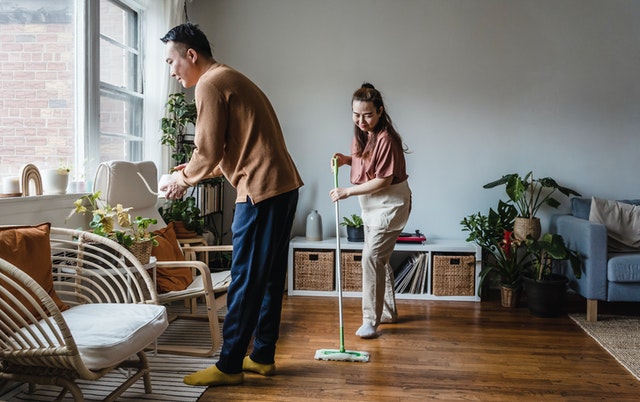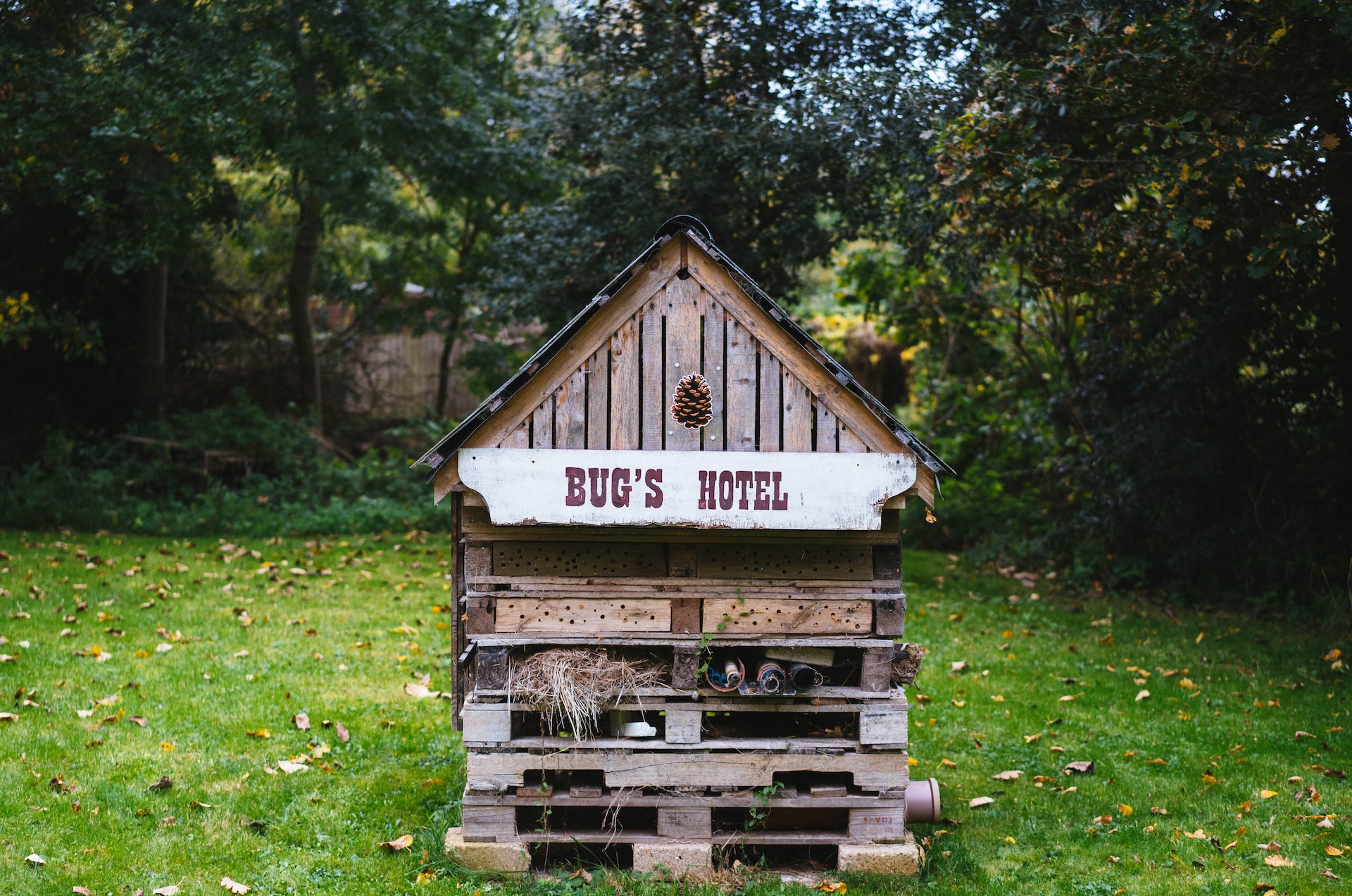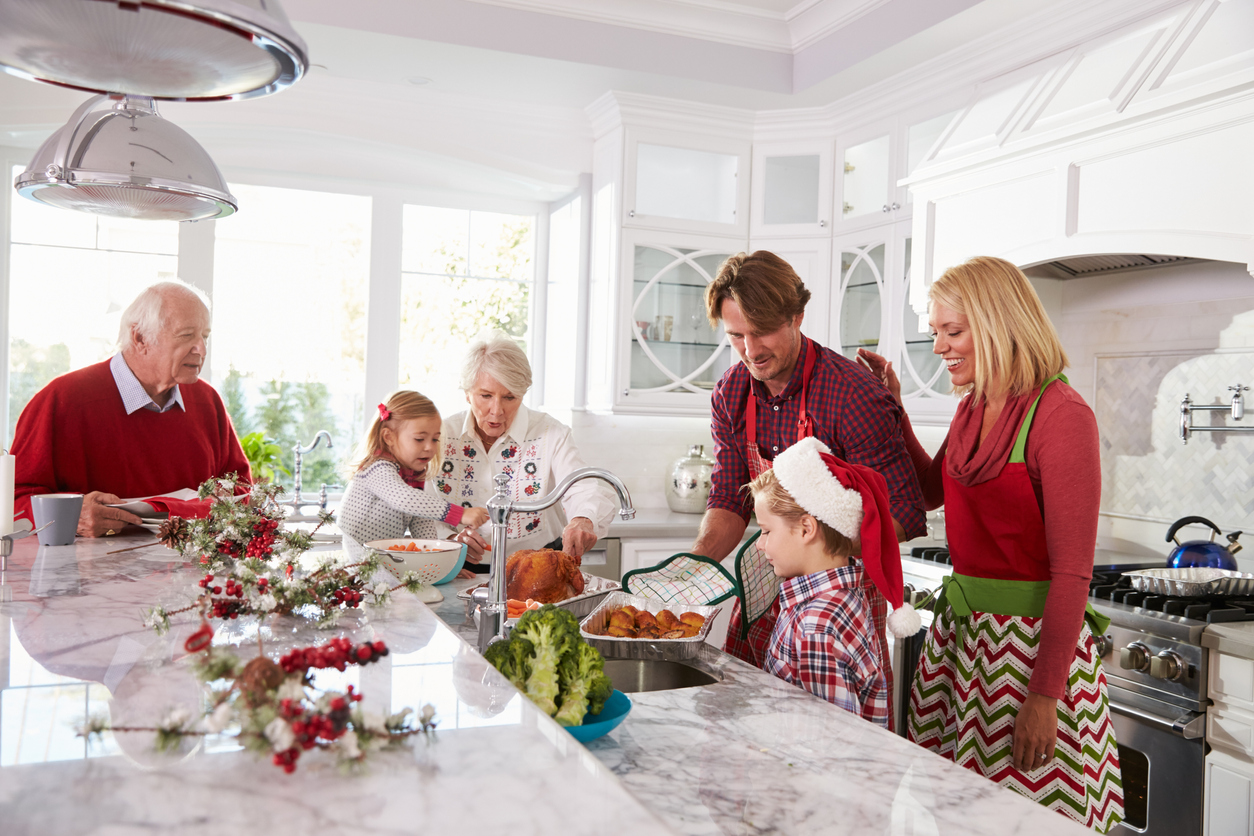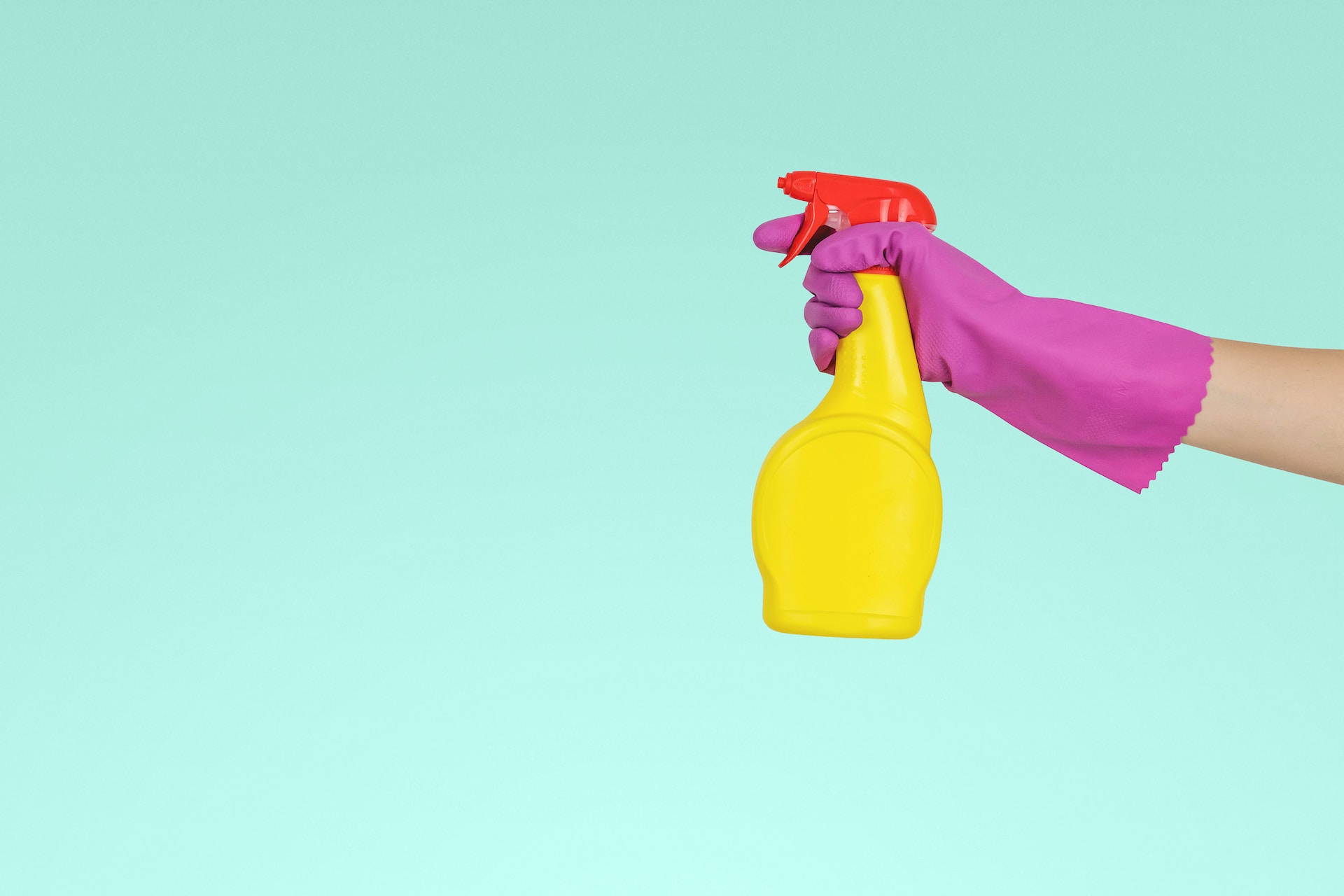Whether you have a toddler or a middle-schooler, there’s no doubt that you probably have a tough time dealing with all of the toys in your home. No matter what age your child is, it’s important to find ways to organize their toys so that they don’t overtake your home and your life. Thankfully, a few simple toy organization changes and some decluttering should help you restore your sanity and peace of mind. It’s important to set some ground rules for kids when it comes to toys to help them understand the importance of cleanliness and organizational skills at an early age. This guide shows you some simple yet effective ways to keep your kids’ toys from taking over for a happy household.
Designate “No Toy” Zones
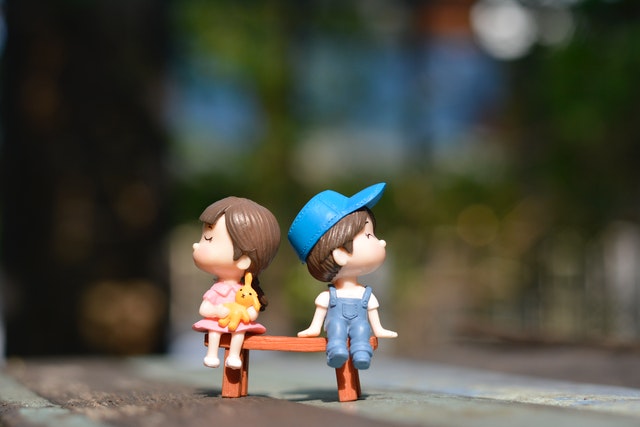
First, you’ll want to designate a few “no toy” zones throughout your home. This is where the kids shouldn’t be playing or leaving any toys lying around. Once you do this, there will be areas of your home that are clean, toy, and accident-free. Here are some tips to help you set the right boundaries so that these zones work well for everyone.
- Find what works best for your family: Not every family needs a “no toy” living room, so it really depends on what works best for you. If you have a separate room off to the side or even a spare bedroom, this can be designated as a toy-friendly area. It’s important to determine which parts of the home will work for the whole family when deciding on a “no toy” zone. You may need to decide this through trial and error or talk to your partner about which rooms they consider sacred and, therefore, shouldn’t have a lot of toys lying around.
- Set concrete rules and more: When you come up with these “no toy” zones, make sure that you lay down some solid ground rules from the beginning. You should also set boundaries with your kids so that they understand certain rooms are off-limits when it comes to filling them with stray toys. Finally, you’ll also need to set reasonable and realistic expectations. For example, if your child drops a building block in a toy-free zone, simply remind them to put it back, and eventually, this will become a habit they understand and do daily.
- Give your child a space of their own: The best way to reinforce a “no toy” zone is to make sure your child has their own space to play. Designate a playroom so that they have an area where they can enjoy playing with their toys, whether it’s an extra bedroom, one-half of the living room, or a sunroom. When your child has their own playroom, they’ll be happy and content to play with their toys in this space alone. Don’t forget to include some organizational items in the playroom, including things like wall shelves, bookshelves, and toy boxes, so they learn the importance of cleaning up after they play.
Declutter and Donate
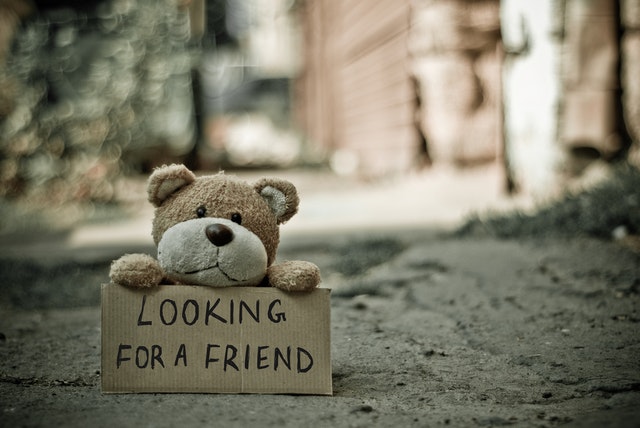
Inevitably, your child will eventually outgrow some of their toys. In order to keep your home organized, some easy decluttering should be on the agenda. Teach your kids how to identify certain toys they no longer play with and encourage them to help you decide which ones they can give to other children in need. Here are a few more tips to help you declutter and organize toys that they’ve outgrown.
- Discard broken toys: Any toys that are broken or that have missing pieces should be put into a “discard” pile. If your child is no longer playing with a toy or it’s now unsafe because it’s broken, then it should be thrown away as soon as possible.
- Donate toys your kids have outgrown: Ask your child which toys they no longer enjoy or those that they feel they’ve outgrown. One easy way to do this is to set aside one day each month to collect the toys that they don’t play with any longer and give them away for donation. This will foster a good habit that will lead to organized children as they get older. They’ll understand the need to give toys to others in need and to easily identify things that no longer serve them.
- Get your children involved in the purging: Make your toy organization and decluttering day fun by getting the kids involved. You can make three separate piles and label them as “keep,” “donate,’ and “throw away.” When your kids are part of the process, they’ll feel much better about letting some of their older or broken toys go. It’s also a great way to teach them how to get organized at an early age. Feel free to reward your child with something after they finish helping. It can be a fun day at the park or an ice cream cone, but whatever you choose, it’s an excellent way to foster some positive reinforcement.
- Donate one toy for every new one: Donate an old one every time your child receives a new toy. Not only will this teach your kids the importance of giving, but it also keeps the clutter to a minimum. This also encourages kids to think more deeply about how often they use their toys and how many they really need.
Toy Organization Tips

When it comes to organization and toy safekeeping, try these easy tips to help keep everything in its proper place.
- Everything needs a designated space: Keeping toys organized by category will make them easier to find while cutting the clutter down. Categorize similar items together, such as building blocks, storybooks, or baby dolls. Use age-appropriate labels so your children can easily identify their toys based on each specific category. This also makes it easier for them to sort and put their toys away when they’re finished playing.
- Toys with small parts should go in a bin: Some toys require complex or smaller pieces to work, so make sure you keep all of them together. Use a large plastic bin with a lid and place a sticky label on it with the name of the specific toy. Your kids can put all of the parts inside to keep it all in one place.
- Spend time with your kids deciding where everything should go: Take some time to show your kids exactly where their toys should go. This way, they have a visual they can refer to when it’s time to clean up and organize their playroom.
- Rotate toys: Store half of your children’s toys out of sight so that they learn to appreciate and play with all of the stuff they already have. Once they seem to get tired of a particular toy, rotate it with a new one and put the other away or consider donating it.
Toy Storage Ideas
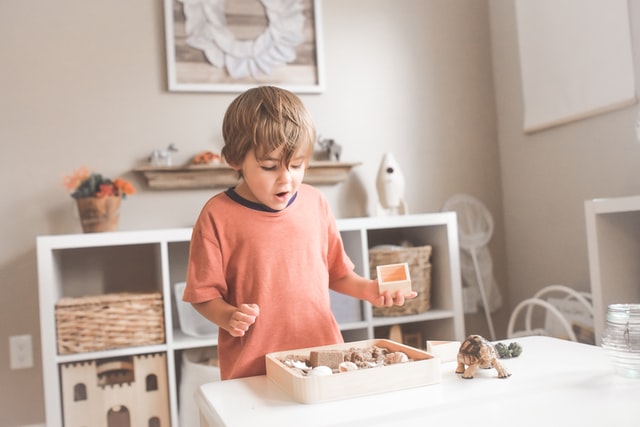
Once you’ve organized the toys and categorized all of the similar items together, it’s time to choose some practical toy storage solutions. Here are a few ideas to help you get started:
- Bookshelves: A small bookshelf is a perfect way to keep your kid’s favorite books all together in one place.
- Under-bed storage: Use slender, under-bed storage boxes to organize smaller toys. You can put the box underneath a chair or sofa so that it’s out of the way.
- Bins with labels: This is the best way to organize various toys based on category. Use labels with large lettering so your child can easily identify what goes where. Stackable bins free up floor space, too.
- A “catch-all” basket: Pick a nice toybox or large basket that the kids can use to toss toys into when they’re done playing. They can always organize everything later, but this at least keeps everything off the floor and out of the way.
Teach and Encourage Your Child to Clean up Their Toys
Try out these tips to help you teach your kids how to clean up their toys so it becomes a regular habit.
- Keep it simple, fun, and age-appropriate: Don’t confuse your kids with complicated instructions. Instead, make toy cleanup time fun and appropriate for their age by turning it into a game or singing songs while you all work together.
- Designate a “clean up song”: Have your child choose a favorite song they can sing while they clean up their toys. Start singing the soy whenever you want to kickstart the toy cleanup routine.
- Set a timer: Encourage your kids to help you pick up their toys by setting a timer for about 10 to 15 minutes. You can turn this into a race, competition, or just a fun game to make the process more fun for everyone.
- Make sure containers are child-friendly: Store toys in containers that are easy for kids to get into. Large plastic bins and woven baskets are ideal, as well as a few simple bookshelves. Avoid using storage containers with sharp metal parts or heavy lids with latches and hinges.
- Make it a game, relax, and enjoy it: The best way to keep your kids involved in toy organization is to make it a game and have fun while doing it. Remember that this is just a simple part of living with kids, so take a deep breath, relax, and enjoy the process.
Having kids with lots of toys doesn’t mean that all of their toys have to take over your home. With a few simple tips for toy storage and organization, you can keep your home clean and clutter-free. Remember to make cleaning up a fun time that you can spend together with your child. It’s a great way to foster good habits that should last a lifetime.

